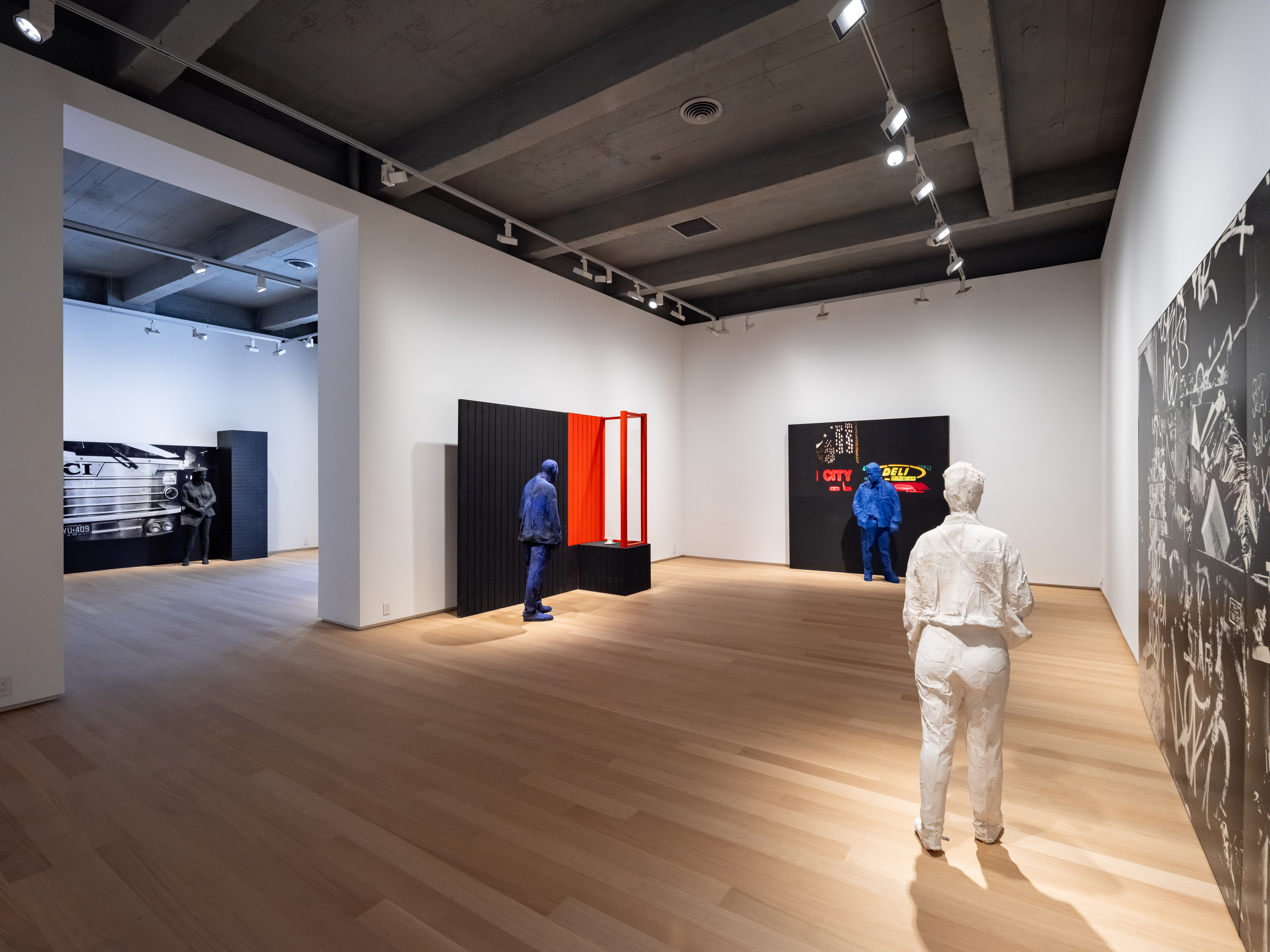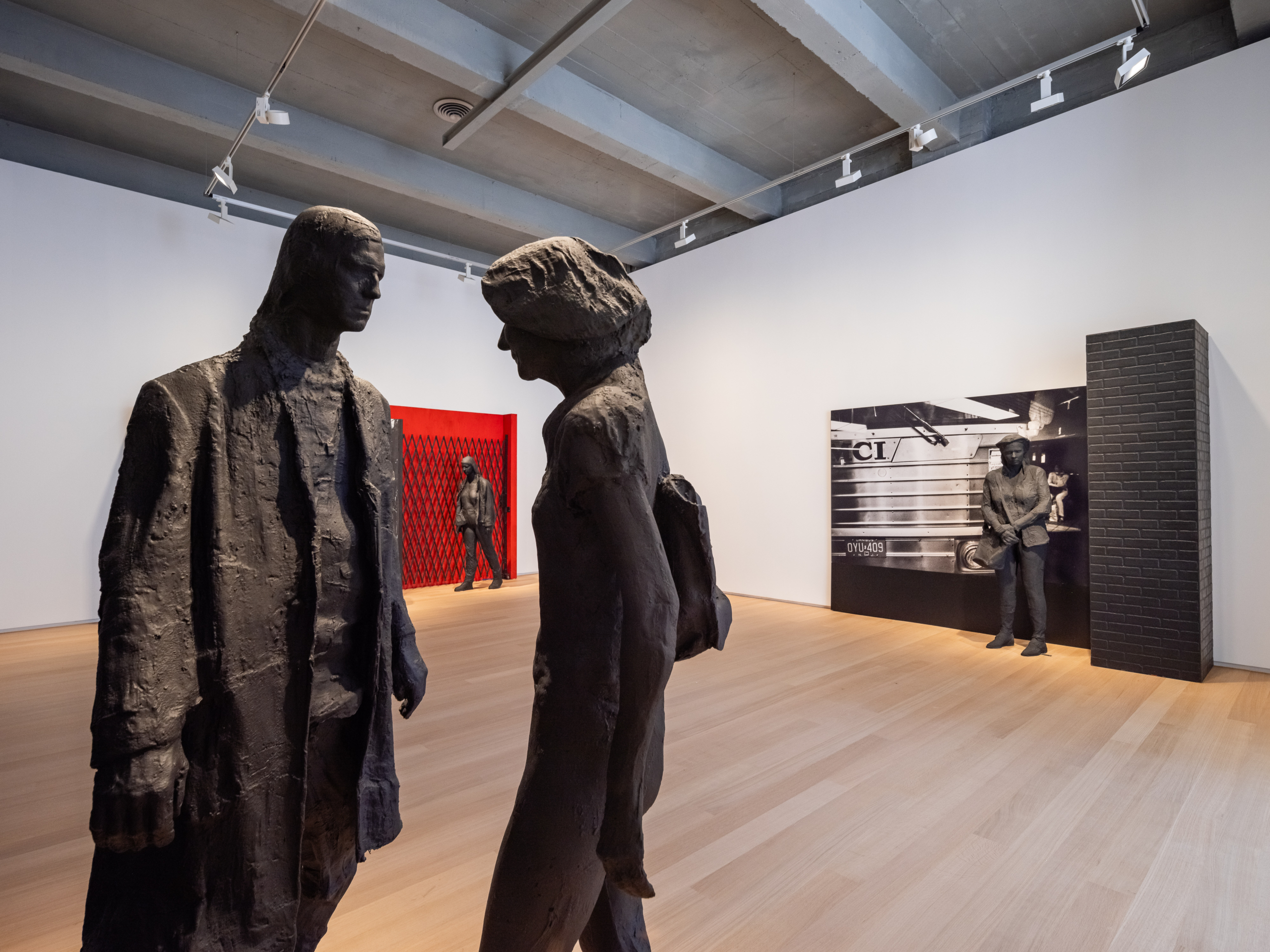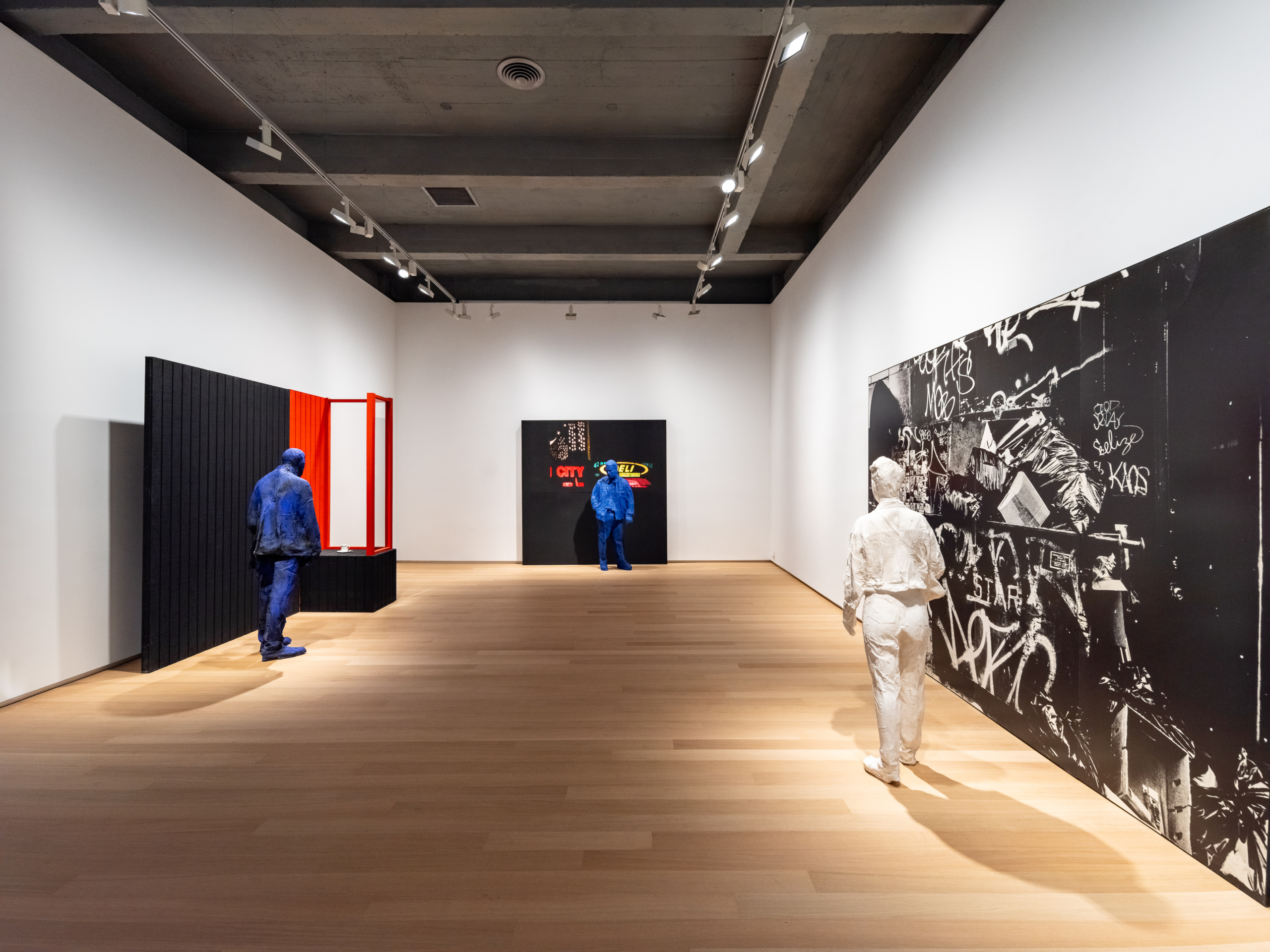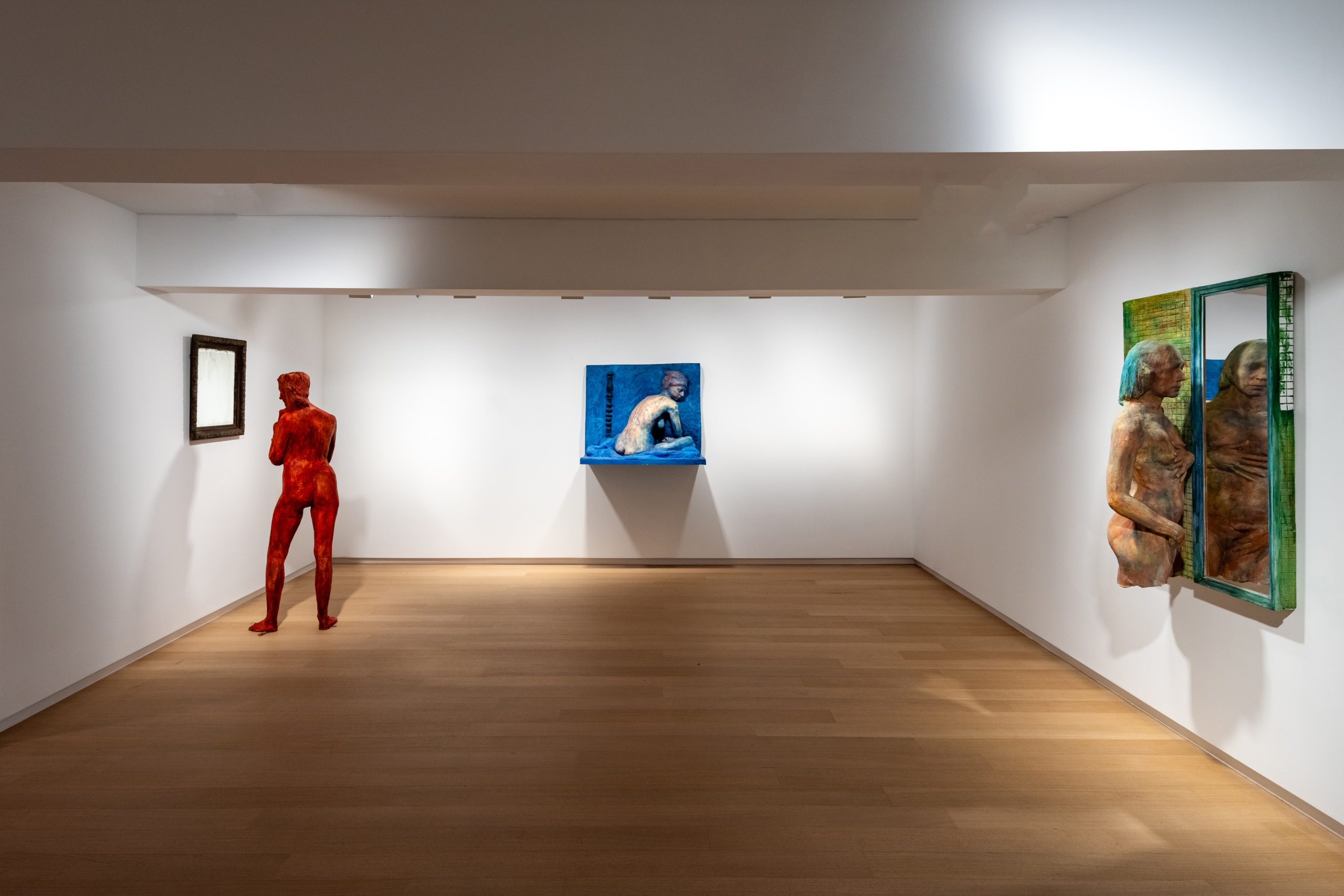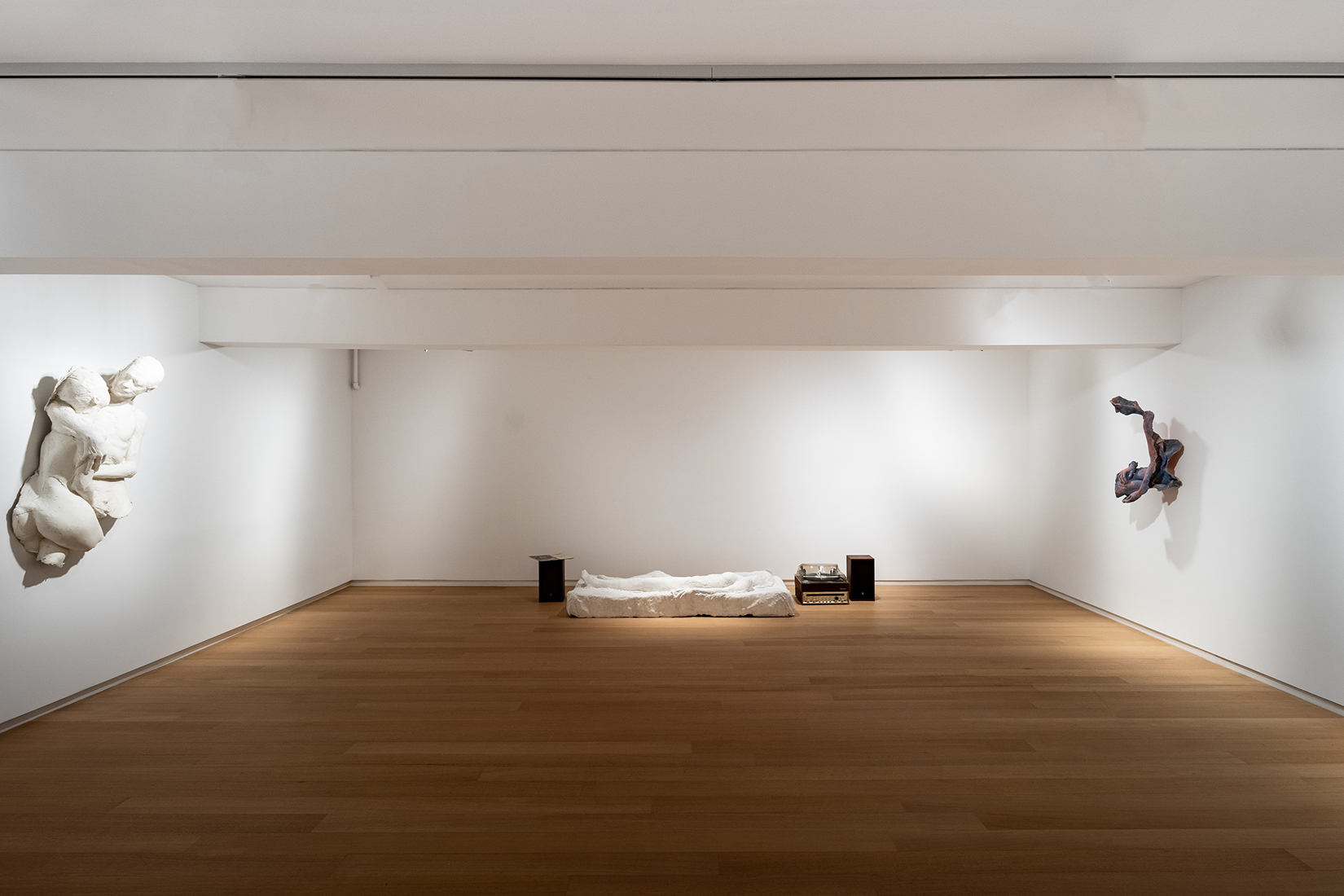
George Segal
Nocturnal Fragments
Templon’s New York space celebrates its first anniversary by paying tribute to American master painter and sculptor George Segal (1924-2000).
Born in 1924 in New York, George Segal lived and worked in New Jersey, USA, until his death in 2000. The artist was discovered at a group Pop Art collective exhibition in since 1962. Since then George Segal’s work has been widely shown in the USA and internationally.
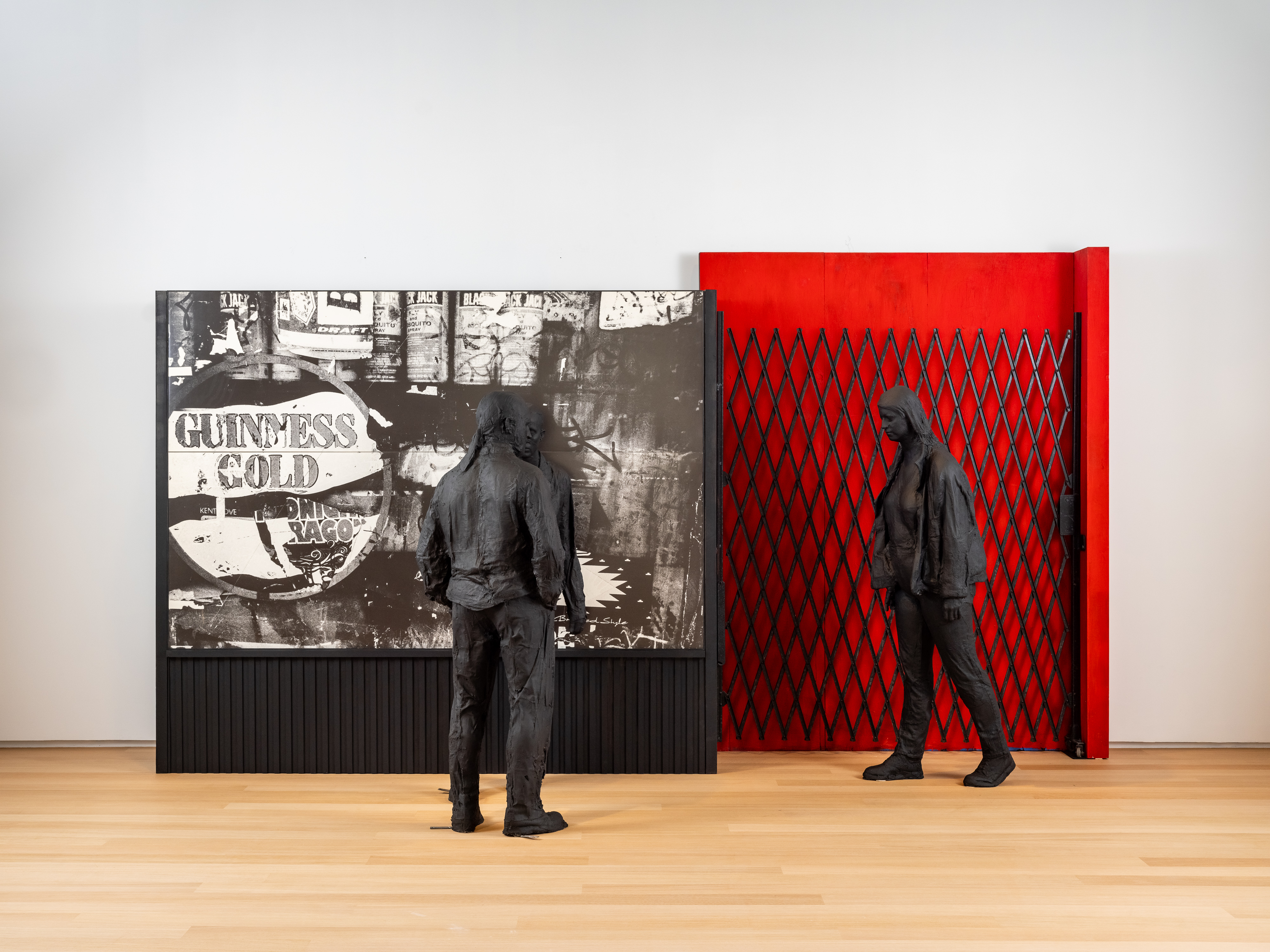
A pioneer of installations combining plaster and everyday objects, the Bronx native began his career as an abstract painter. When he discovered the use of pre-cut plaster bandages in the early 1960s, he abandoned paint as a medium and, at the height of the Pop Art movement, turned his focus on three-dimensional paintings with plaster casts applied directly to living models. This unique visual language soon became his signature, opening the door to endless formal possibilities. Both spontaneous and frozen, his compositions reveal an unexpected poetic force as well as a social and political radicality.
The exhibition takes visitors on a journey over 25 years of the artist’s career, with pieces spanning the period from 1972 to 1999. George Segal’s work initially embraced a realist style before shifting in the 1970s to a freer expression. His colored work in the 1980s engaged in a dialogue with the history of art, featuring subtle references to Bonnard, Cézanne and Degas, before embracing a more expressionist style in the 1990s. The later works fuse sculpture and painting, opening the door to a new scope of expression by means of color and light. Segal’s “Nocturnal Fragments,” assemblages of ordinary activities in realistic settings, are more than mere observations of the quotidian, but prompt a consideration of the human condition. Mysterious, possibly even unsettling, these tableaux are often a springboard for an existentialist questioning of the individual and consumer society. Capturing isolated moments of ennui, slices of the private body, and secluded intimacies, Segal’s fragments envision the whole.
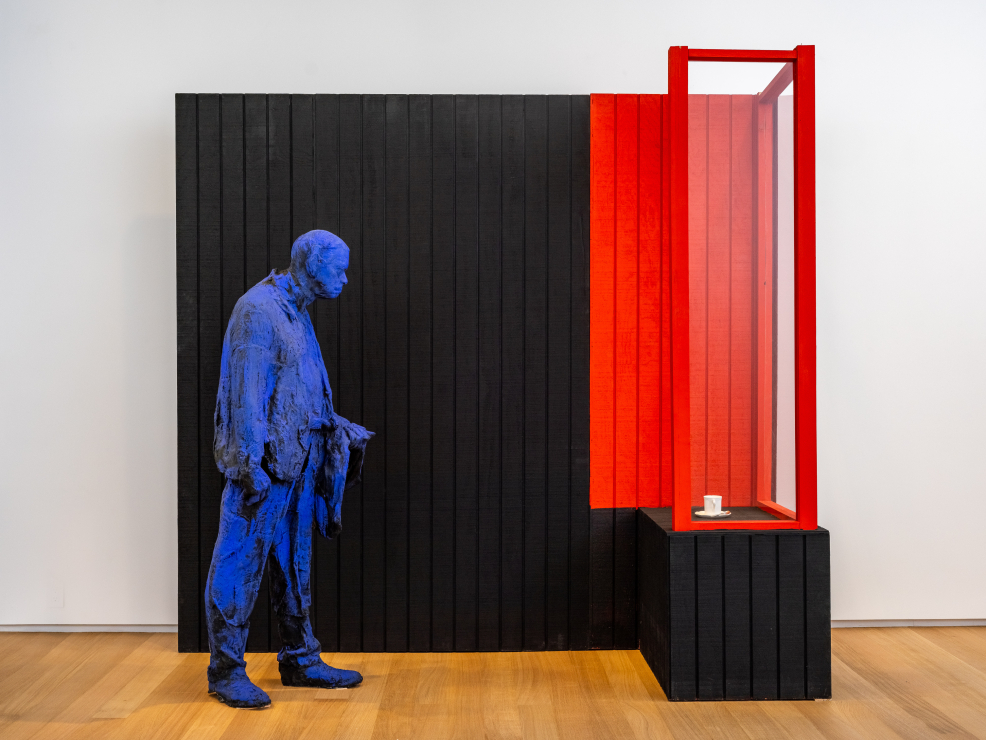
Blimpies, 1999
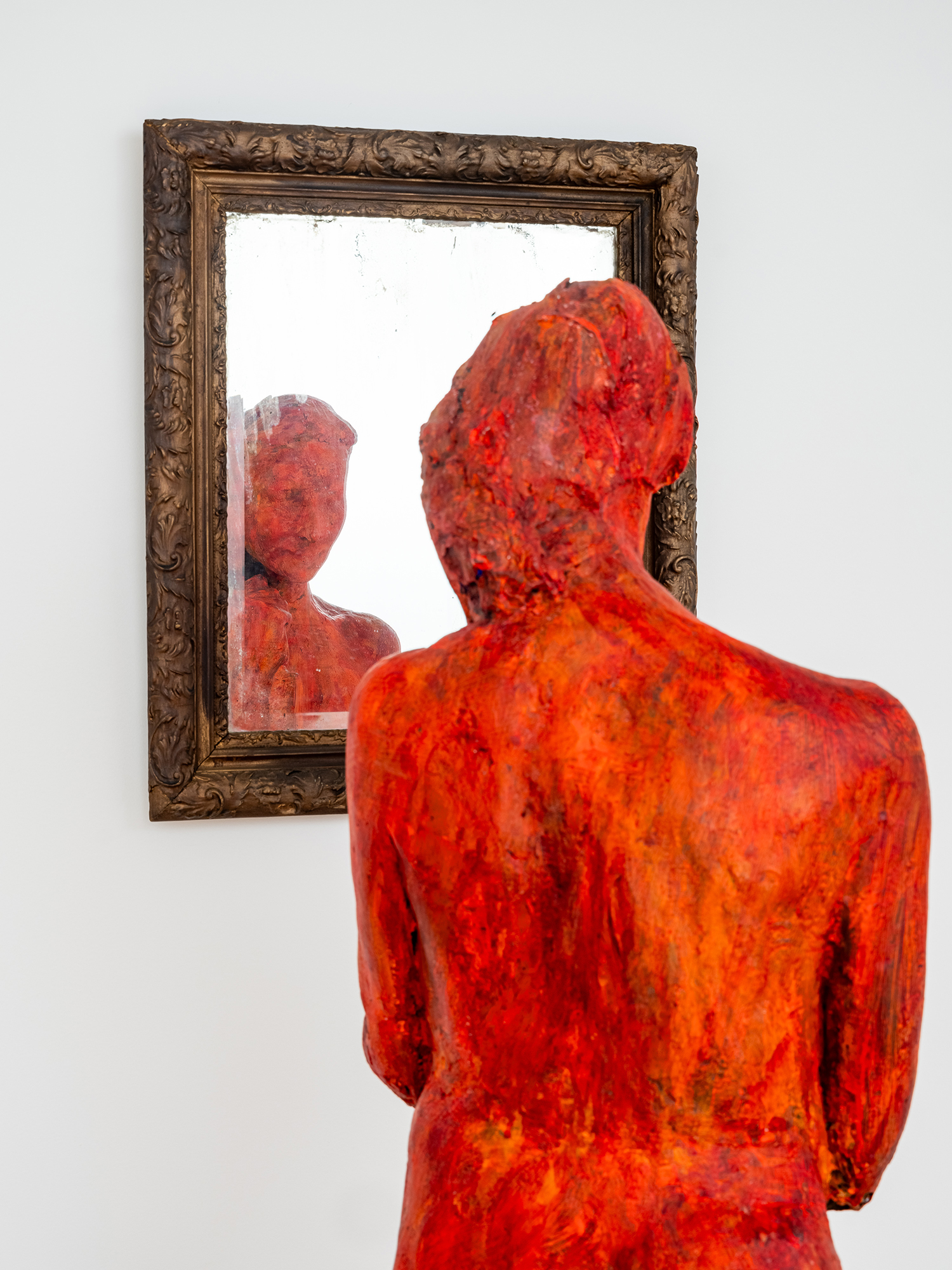
The artist
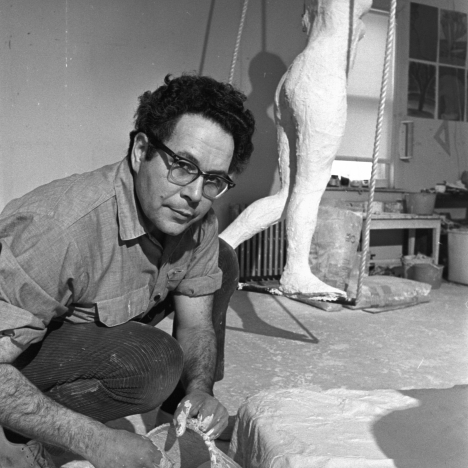
Born in 1924 in New York, George Segal lived and worked in New Jersey, USA, until his death in 2000. His tableaux are reflections on the individual and her/his place in 20th century society. He plays on the permeability of spaces, inviting the viewer to enter into a dialogue with anonymous and motionless figures. He pioneered the application of plaster bandages to the model's body, a technique he used to reveal the evocative power of gesture and its poetical, social, erotic and political dimensions.
